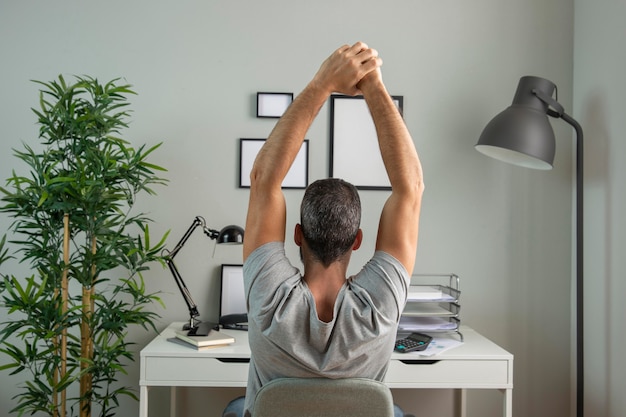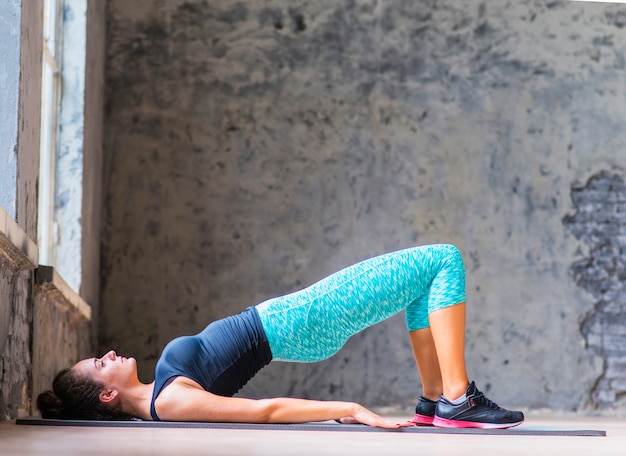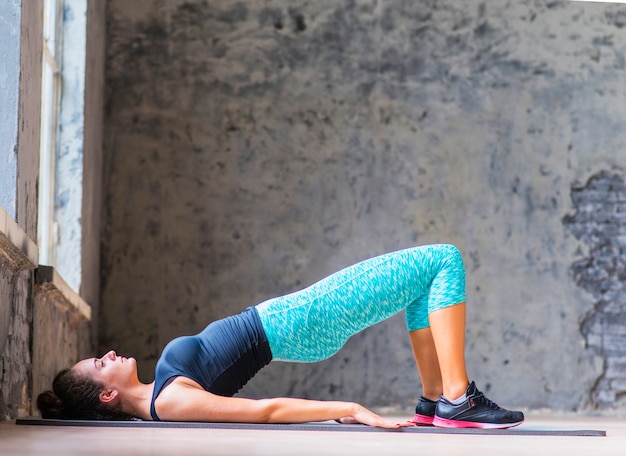If you're a weekend warrior—someone who pushes hard during weekend workouts but sits at a desk all week—your body pays a price. Long hours of sitting lead to tight hips, stiff shoulders, and poor circulation, which can slow recovery and increase injury risk. The good news? You don’t need a gym or extra time to fix it. With desk fitness, you can enhance recovery, improve mobility, and stay injury-free—right from your workspace.
Weekend warriors often skip the recovery phase, focusing only on performance. But recovery is where your body repairs muscle, restores energy, and adapts to physical stress. Without it, you risk overuse injuries, fatigue, and plateauing.
Sitting for prolonged periods worsens the problem by reducing blood flow, shortening key muscles (like hip flexors), and weakening others (like glutes). This imbalance makes your weekend workouts harder and less effective.
Desk fitness refers to simple, low-impact movements you can do at or near your desk to counteract the effects of prolonged sitting. These exercises boost circulation, improve posture, and activate dormant muscles—key factors in faster recovery.
Unlike traditional workouts, desk fitness doesn’t require equipment or sweat. It’s about consistency, not intensity. Just 5–10 minutes every few hours can make a significant difference.

Your first step: break the sedentary cycle. Use a phone alarm or smartwatch to remind you to stand and move every 60–90 minutes. Even a 2-minute walk to the water cooler improves circulation and reduces muscle stiffness.
Twists help release tension in the spine and improve mobility in the thoracic (mid-back) region, which often gets stiff from sitting.
How to do it: Sit tall, feet flat. Place your right hand on the chair arm and left hand behind you. Gently twist to the left, looking over your shoulder. Hold for 20–30 seconds. Repeat on the other side.
Sitting deactivates your glutes, which are essential for running, jumping, and lifting. Re-engage them with isometric squeezes.
How to do it: Squeeze your buttocks together as hard as you can for 10 seconds. Release. Repeat 10 times, 2–3 times per day.
Tight hip flexors pull your pelvis forward, causing lower back pain and poor movement mechanics. Combat this with a simple standing stretch.
How to do it: Stand and step one foot back into a half-kneeling position (you can use a cushion). Tuck your pelvis and lean forward slightly until you feel a stretch in the front of your back hip. Hold 30 seconds per side.

Slouching weakens upper back muscles and tightens the chest. Shoulder blade squeezes strengthen postural muscles and reduce neck strain.
How to do it: Sit or stand tall. Squeeze your shoulder blades together (as if holding a pencil between them). Hold for 5 seconds, release. Repeat 15 times, 2–3 times daily.
Ankle pumps prevent blood pooling in the legs and reduce swelling—especially helpful if you sit for hours.
How to do it: While seated, lift your feet and point toes up toward the ceiling, then point them down. Repeat 20 times in sets of 2–3 throughout the day.
Improvement doesn’t happen overnight. Use these simple progress checks to stay motivated:
Improvements in any of these areas signal that your recovery strategy is working.
Weekend warriors don’t need more intense workouts—they need smarter recovery. Desk fitness is a practical, science-backed way to enhance recovery, reduce injury risk, and perform better on game day. By integrating simple movements into your workday, you’ll feel more energized, move more freely, and get the most out of your weekend efforts.
Start today. Your body will thank you by Saturday.

Fitness

Fitness

Fitness

Fitness

Health

Wellness

Wellness

Wellness

Fitness

Fitness

Fitness

Fitness

Health

Fitness

Health

Health